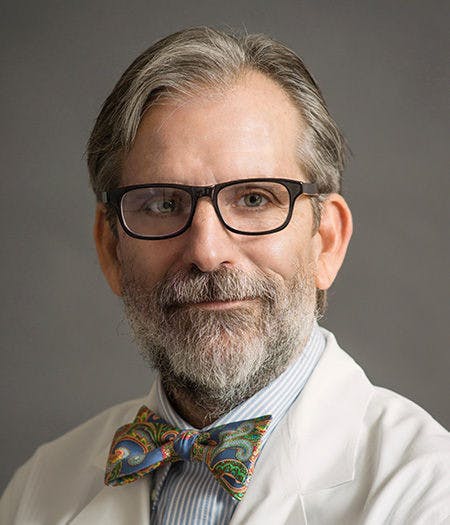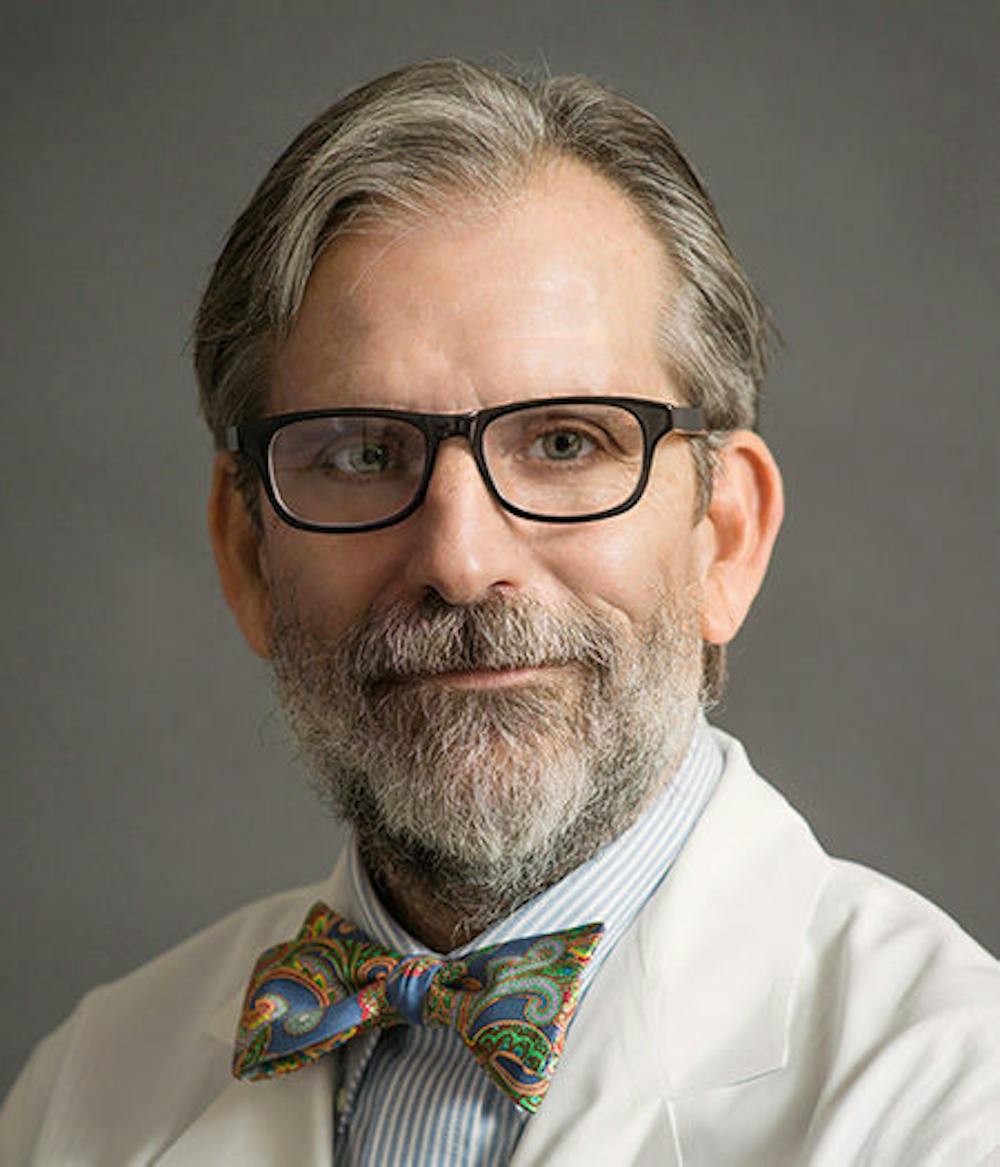It is no secret the epidemic of opioid addiction has been ravaging the United States recently, but some medical professionals think the existing method of addiction treatment contributes to the issue at hand.
Two million U.S. citizens over 12 years old had addictions to prescription pain relievers, or legal opiates, in 2015, and almost 600,000 U.S. citizens were addicted to heroin the same year, according to a 2016 opioid addiction report by the American Society of Addiction Medicine.
Dr. Daniel Sumrok, director of the Center for Addiction Sciences at the University of Tennessee Health Science Center and one of the first board-certified addiction medicine doctors in the U.S., said most addiction patients have an “Adverse Childhood Experience,†or ACE, and try to ease the pain with a substance.

Dr. Daniel Sumrok
Sumrok said these traumatic childhood experiences, like childhood abuse and neglect or mistreatment of a family member, have a direct relation to all of the first five leading killers in the U.S.: heart disease, cancer, respiratory illness, hypertension/stroke and suicide/depression.
A group of doctors published research in 1998 in the American Journal of Preventive Medicine that compared specific ACEs with the leading causes of death in U.S. adults. This research has become known as the ACE study and is what Sumrok references for his care.
“If you have had four or five of these events, you are more than 4,600 percent more likely to inject a drug,†Sumrok said. “And you’re much more likely to have eating disorders and much more likely end up a victim of sexual assault.â€
Instead of being treated for these traumatic experiences, people are being treated like addicts and criminals. Sumrok treats his patients with trauma-informed practice, identifying the underlying trauma behind the health issue of the patient, not just prescribing medications.
“This study points out that if we were nicer to each other, kinder to each other, gentler to each other, more compassionate for one another, that’s the real treatment for America’s opioid epidemic,†Sumrok said. “We have to start creating situations where kids feel safe at home, safe at school and safe in the community.â€
Sumrok said teenage years are usually when kids are most at risk to turn to substances, so it is especially important to make them feel safe in society.
Sumrok also said the discrimination prevalent in today’s world can be another cause of the high numbers of drug addiction in the U.S.
“We are obsessed with drawing lines between black people, white people, brown people, yellow people, gay people, tall people, short people and straight people,†Sumrok said. “The more we do that and the less we emphasize the importance of this ‘we are all in the same boat’ sort of thing, the more we are going to have trouble with addiction.â€
Peter Conerly, executive director of Synergy Treatment Centers in Memphis, said, thanks to proper public education, society is coming around after previously stigmatizing people addicted to drugs.
Conerly said there are many factors that can lead to drug addiction later in life.
“Clearly evidence supports that the inhumane, maltreatment of children is most often the germ that later blossoms into addiction and other destructive behaviors,†Conerly said. “These factors, however, must be understood within the broader biopsychosocial, economical and spiritual contexts.â€
He also said society needs to understand that drug addiction is of utmost priority in terms of healthcare in the U.S. before the issue will be fixed.
“The first step is to seriously—not half-heartedly—address causation, not consequences, of this scourge,†Conerly said. “And while drug addiction may disappear, it’s not gone.â€
Â






